Like all the best watering holes, Loch Leven has its regular clientele whatever time of year it is.
Ducks rule the roost here; the tiny islands, reedy shoreline and shallow margins of the loch, nestling below the protective shoulders of the Lomond Hills, are home to more breeding pairs than any inland watercourse in Europe. Tufted ducks and mallards dominate, while gadwalls, burrow-nesting shelducks and a handful of rare breeders such as pochard and shoveler jostle for space on the water.
White-tailed eagle
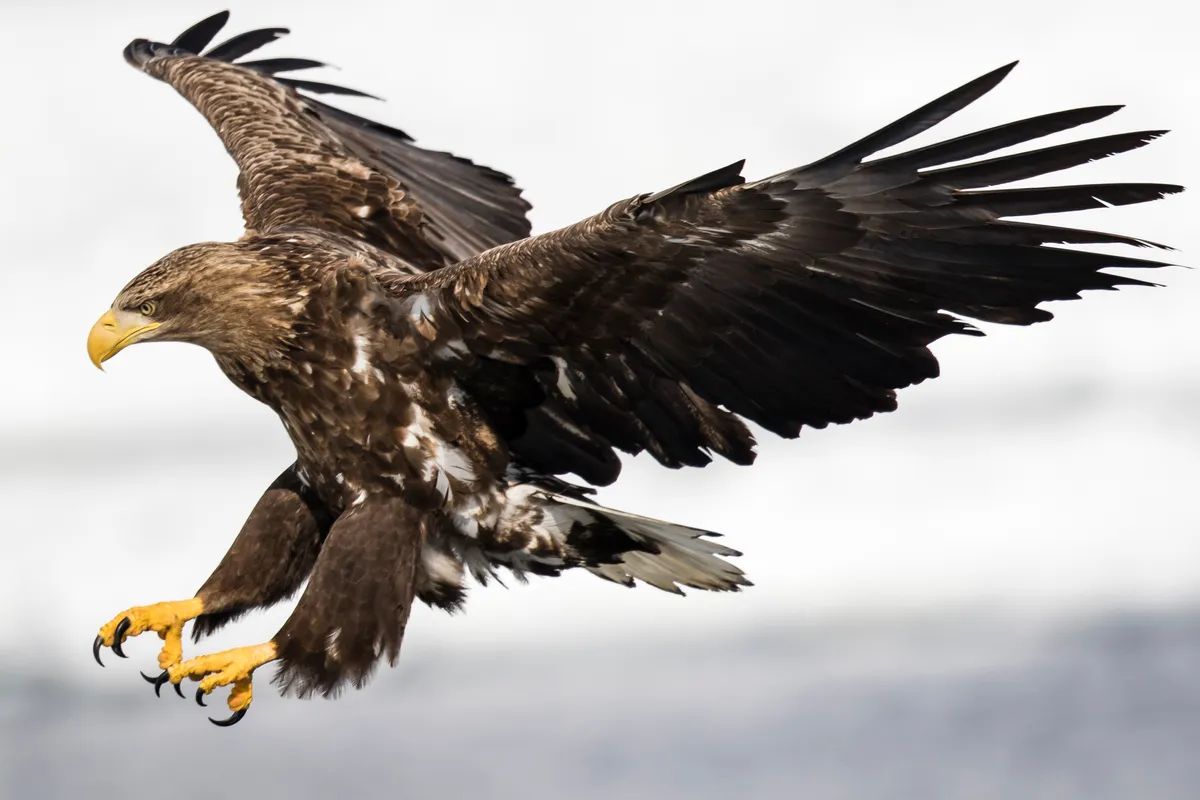
Sightings of Britain’s largest bird of prey – also known as the sea eagle – are increasingly common. In 2007, as part of an ongoing reintroduction programme, chicks were released in neighbouring Fife. Young white-tailed eagle roosts are frequently found near the mouth of the Gairney Water and on Reed Bower and Castle islands. The birds chase ducks and compete with buzzards and foxes for carcasses.
Pink-footed goose
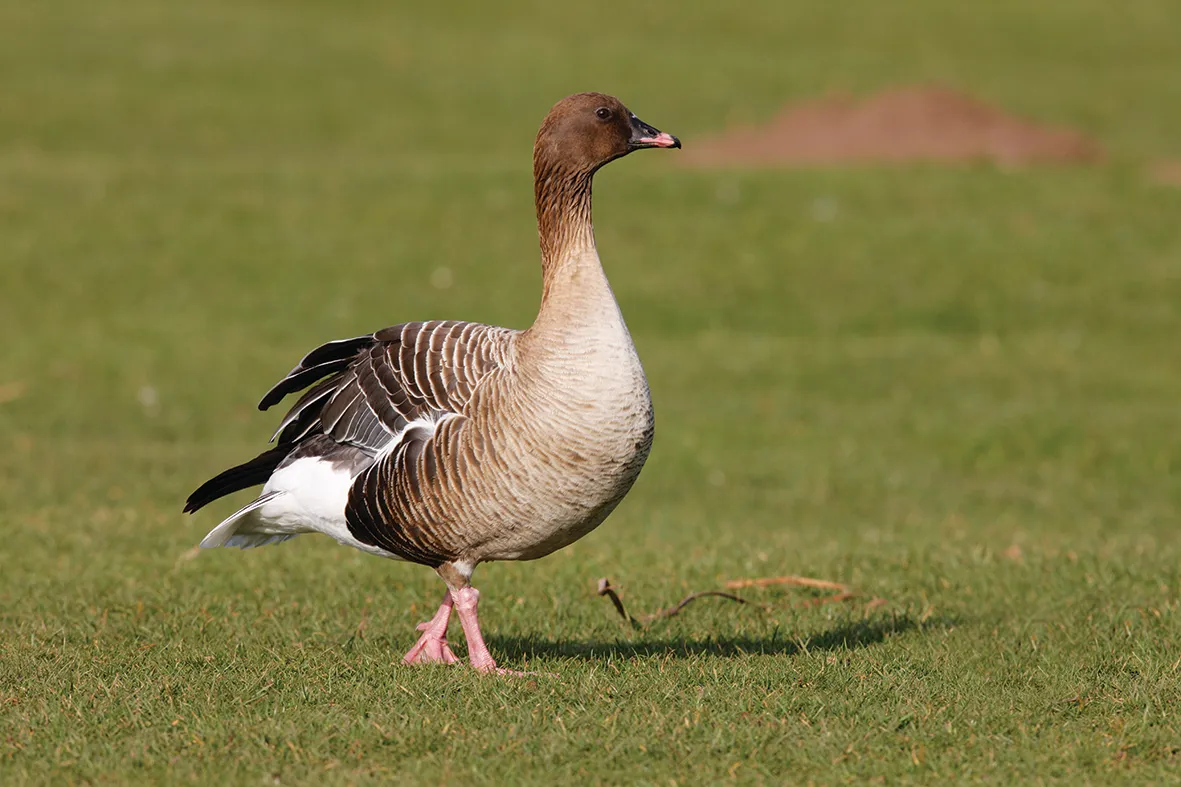
Each winter, thousands of pink-footed geese, flying south to escape the Arctic chill of their breeding grounds in Iceland and Greenland, converge upon the calm and comparatively warm waters of Loch Leven. In late autumn, numbers can reach 20,000, and they remain regular visitors right through to spring. By day, the geese scavenge food from surrounding fields before returning well fed at dusk to roost by the water.
Tufted duck
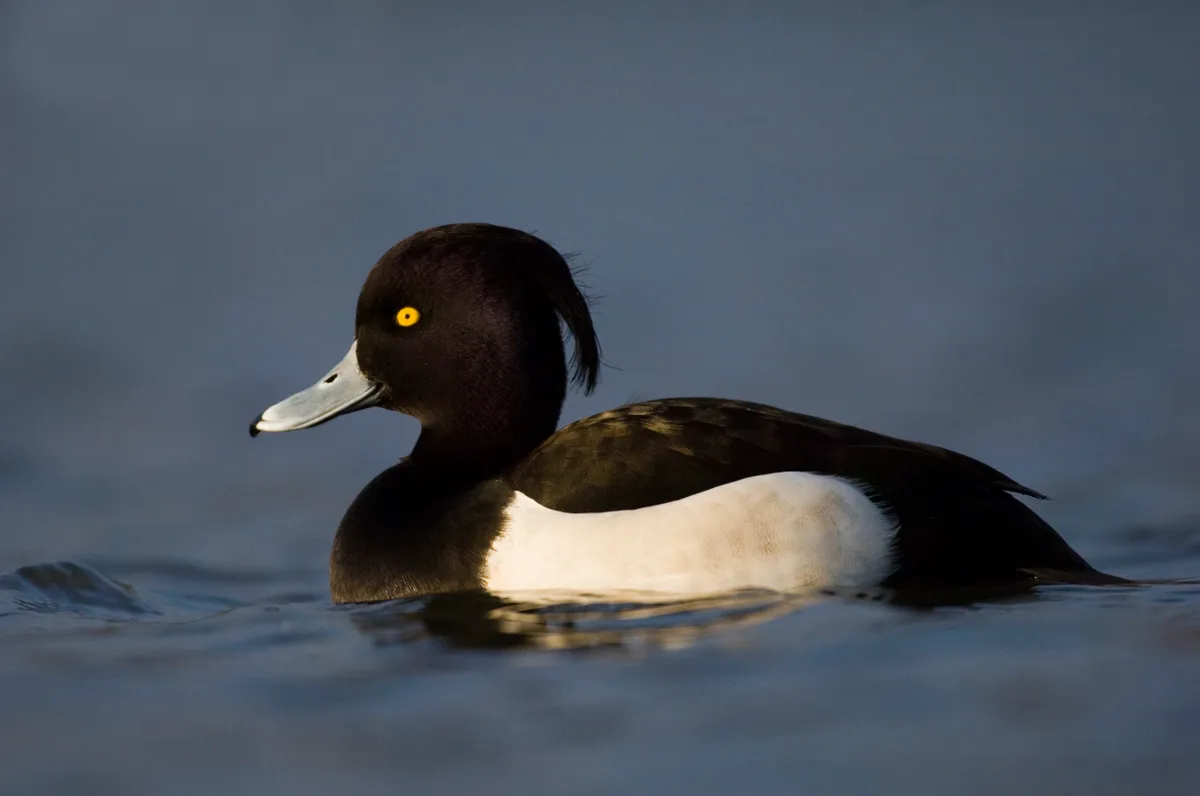
The largest of the loch’s seven islands, St Serf’s, is home to between 400 and 600 breeding pairs of tufted duck. Well protected from predators, the resident population swells during the winter months as their northern cousins arrive from Iceland and Scandinavia. Smaller than a mallard, tufted ducks have distinctive black and white patterning, a small crest and yellow eyes. They like deeper water, where they can dive for food.
Nature trails
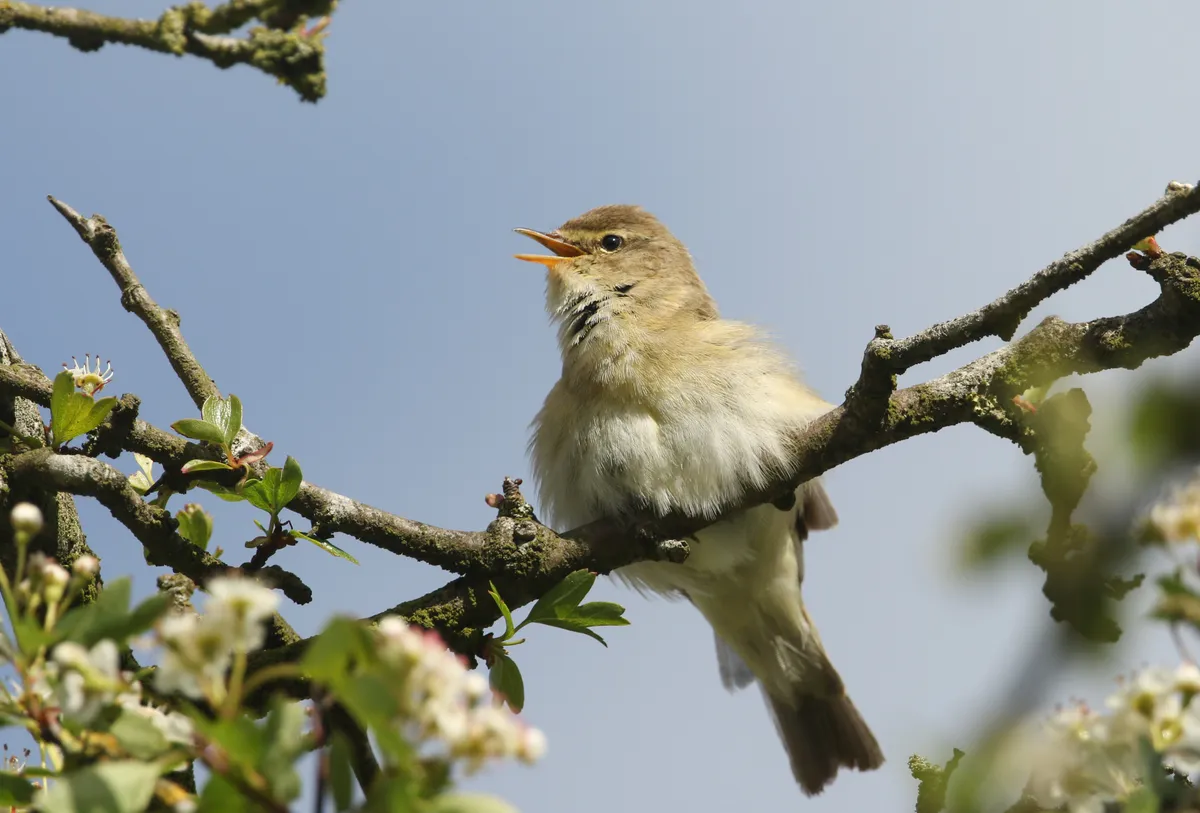
Vane Farm has two nature trails for you to enjoy. The short wetland trail has three hides, all near the visitor centre, while the mile-long woodland trail climbs through birchwoods, home to willow warblers, tree pipits and great spotted woodpeckers, to a viewpoint on the summit of Vane Hill. While there is no optical equipment in the hides, you can hire binoculars from the RSPB shop at Vane Farm.
Otter
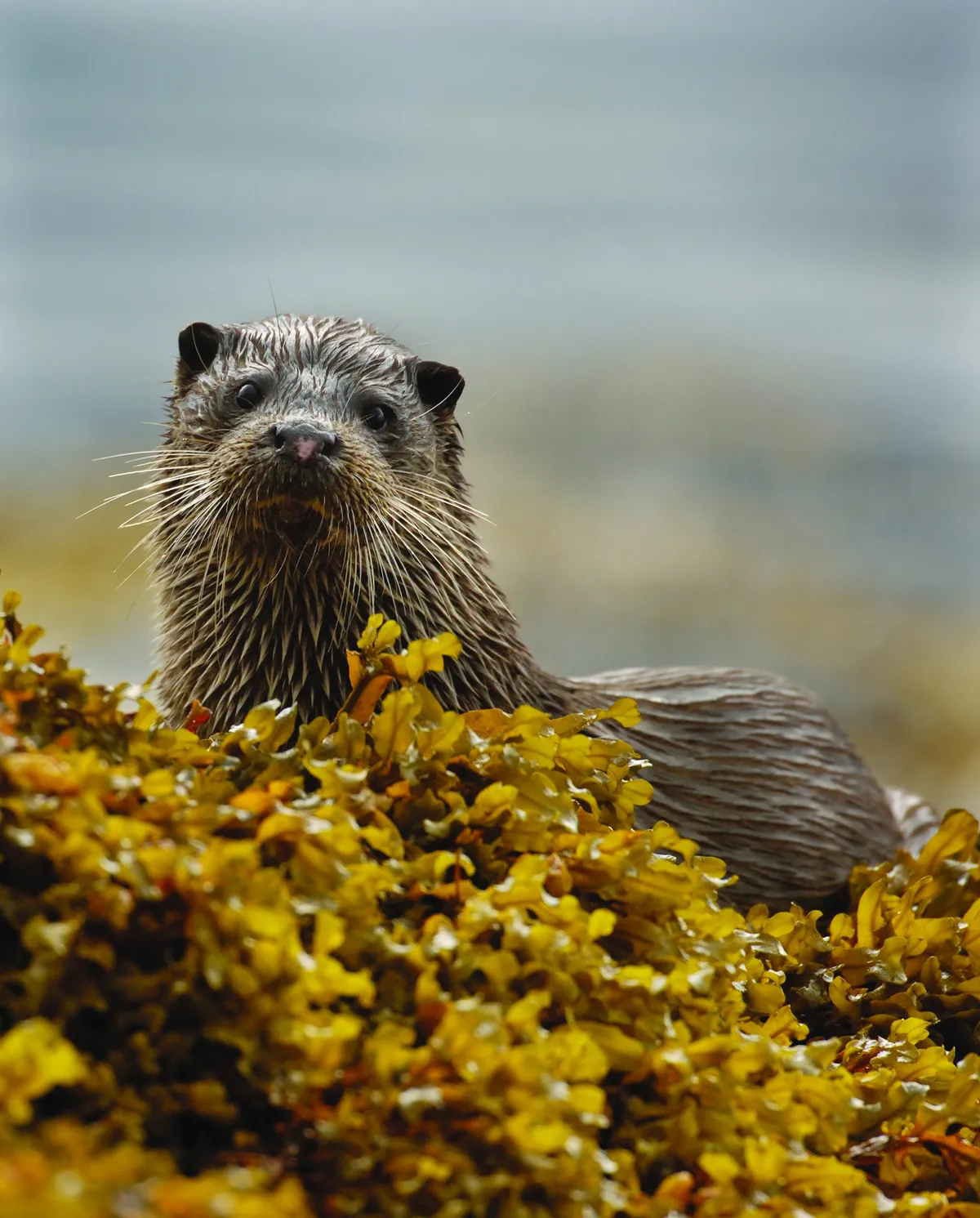
While water shrews and water voles live in many of its ditches and streams, the largest mammal found on Loch Leven is the otter. A semi-aquatic fish-eater, it inhabits dens in the riverbank known as holts. The best places to spot them are around the mouths of the various watercourses flowing into the loch, particularly the River Leven. Keep an eye open for tracks in the muddy banks.
Castle Island

The ruins of the 14th-century castle stand on Castle Island. The castle has a turbulent history. Besieged by William Wallace and used as a prison by Robert the Bruce, its most famous resident was Mary Queen of Scots, held here from 1567 to 1568. A small boat ferries visitors to the island from the fishing pier. For more details about this ruin, check out our guide to Lochleven Castle.
Useful Information
How to get there
Follow the M90 north from Edinburgh to J5 and continue east on the B9097 for two miles to reach the well signed RSPB Loch Leven Visitor Centre. Alternatively, leave the M90 at J6 and head through Kinross to Kirkgate Park. Other access points to the loch can be found at Findatie, near the mouth of the River Leven, and Burleigh Sands on the north shore, close to the A911. Buses to RSPB Loch Leven are run on Wednesdays (three buses each way) and there are four on Saturdays. On Sundays there is a round the loch service.
Find out more
RSPB Loch Leven
Visitor centre
Loch Leven, Nr Kinross
KY13 9LX
01577 862355
www.rspb.org.uk/lochleven
The RSPB visitor centre is open daily all year, 10am-5pm, and the trails and hides are open 24 hours a day. Visitor centre admission: adults £3, concessions £2, children 50p.
